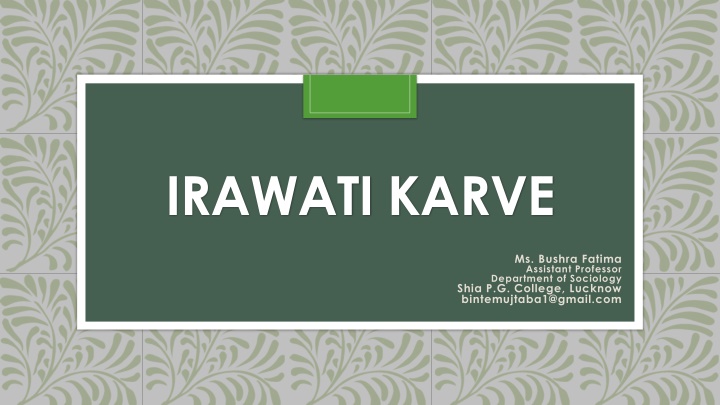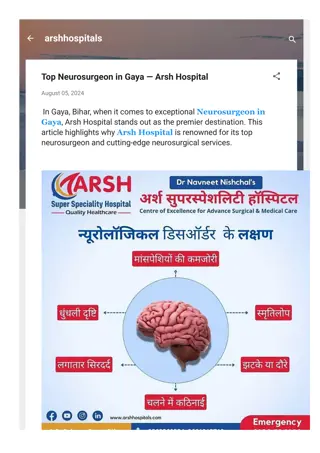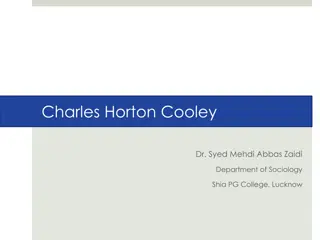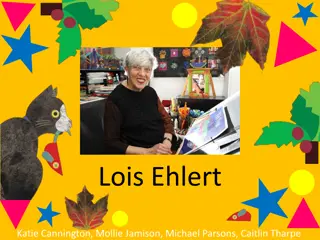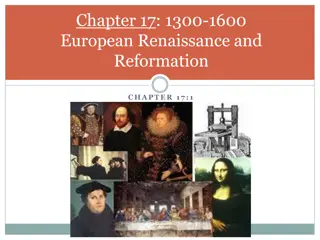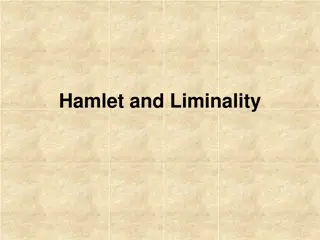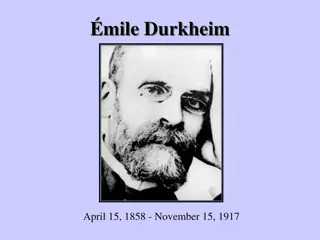Iravati Karve - Renowned Anthropologist and Sociologist
Iravati Karve (1905-1970) was a distinguished anthropologist, sociologist, educationist, and writer known for her work on kinship, Indian culture, and the Mahabharata. Through her major works and analysis of kinship organization in India, Karve made significant contributions to understanding regional cultures, women's roles in society, racial factors in the Indian population, and the origins of caste. She utilized comparative studies to explore linguistic areas, caste institutions, and family structures across different regions of India.
Download Presentation

Please find below an Image/Link to download the presentation.
The content on the website is provided AS IS for your information and personal use only. It may not be sold, licensed, or shared on other websites without obtaining consent from the author.If you encounter any issues during the download, it is possible that the publisher has removed the file from their server.
You are allowed to download the files provided on this website for personal or commercial use, subject to the condition that they are used lawfully. All files are the property of their respective owners.
The content on the website is provided AS IS for your information and personal use only. It may not be sold, licensed, or shared on other websites without obtaining consent from the author.
E N D
Presentation Transcript
IRAWATI KARVE Ms. Bushra Fatima Assistant Professor Department of Sociology Shia P.G. College, Lucknow bintemujtaba1@gmail.com
Irawati Karve(1905 1970) Irawati Karve was an anthropologist, sociologist, educationist and writer. She worked on kinship using Indology (the study of Indian history, culture, literature and philosophy). Her writings in Marathi have established her as a competent storyteller as well. Her book, Yuganta: The End of an Epoch is a historical rendering of the Mahabharata. She also worked on the culture, rituals, and institutions of Maharashtra.
Karves Major Works Kinship Organization in India, 1953 Hindu Society - an interpretation, 1961 Group Relations in Village Community, 1963 Maharashtra - Land and People, 1968 Yuganta: The End of an Epoch, 1968
Contribution of Karve Kinship System Regional Culture Women s Place in Society Racial Factor of Indian Population Origin of Caste
Kinship Organisation In India Iravati Karve uses a comparative analysis to look out the four cultural zones with an idea to conclude on the regional pattern of social behavior in society. The different regions may show different local patterns. There are different types of caste due to the hierarchy and caste division and separation. Karve looks after all the process of accommodation and acculturation in the field of kinship. She analyzed 3000 years based on ethnic sources, folk literature, observations, and Sanskrit texts.
Continuum Points that gained Karve s consideration: Kinship in terms of Indian languages. Behavior and attitudes in context of language Rules of Descents and inheritance Marriage and family patterns Comparative study on Sanskritic north and Dravidian south To understand the pattern of kinship in India Karve explains the configuration of the linguistic areas, caste institution and organization of family as the most essential. She breakdown the whole nation into central, northern, southern and eastern keeping in mind the languages used, caste and organization of the family.
Continuum Karve divided India in four parts to study Kinship, these are: 1. North India and Kinship: 2. Kinship and Central India 3. kinship in South India 4. Eastern India, kinship
North India and Kinship In northern India, we have (a) blood relation (b) affinal relations. There are essential terms for three ages of immediate relations and the terms for single age cannot be exchanged for those people who are from another generation. The Northern part of India contains Punjabi, Hindi, Sindhi, Assami, Bihari, Bengali, and Nepali. In these parts clan exogamy, caste endogamy and taboos related to sexual relations between primary relations are practiced. Here the rule of sasan is followed in which a person cannot marry in his patri family and also avoid marriages with the sapindra relation. Brahmanic has Gotras which are an exogamous unit. At times these castes are also classified into exogamous and endogamous gotras.
Continuum Features of northern kinship in India Territorially Taboos Genealogy Exogamy (local) Endogamy gets restricted when caste is a concern. Marriage on a large scale of the area gets blocked. Brahmanas and other upper castes practice the avoidance of fathers, mothers, grandmother and maternal grandmothers gotras in north India. Also known as the rule of Four gotras.
Kinship and Central India It includes areas like Rajasthan, Gujarat, Kathiawad, Chattisgarh, Orissa, Maharashtra their languages being Rajasthani, Gujarati, Kathiawadi, Oriya, and Marathi. Somehow these languages are related to Sanskrit and are placed in the northern area of India. There are three main points to be kept in mind while learning about the northern areas. The Northern area does not allow cross-cousin marriages. Exogamous clans have divided into different castes. In some of the castes, exogamous clans are stratified in hypergamous rank. Also, it is not necessary that all these points are existing in all the regions of north India. For instance in Rajasthan Jats follow the ruling of two gotra exogamy and village exogamy. Four gotra rules are followed by Banias and hypergamous clans are in Rajputs and here for marriage feudal status is a significant consideration.
kinship in South India The regions that come under south India are Andhra Pradesh, Karnataka, Tamil Nadu, Kerala, and other regions that have people with different languages. It is complex to study the southern areas as they are dominated by the patrilocal and patrilineal system and in some areas matrilineal and matrilocal systems. If we compare southern and northern kinship we can state that in southern areas we can say there is no difference between the family of birth and the family of marriage and in northern part we have a clear-cut difference. So here we see marriages are used to strengthen the kin relationships with one another. In south India, there are two sets of a line that guide people or descents with whom one can marry and second with whom one cannot marry.
Eastern India, kinship Eastern area has no specific borders and is not compact. Northern languages are prominent as well as other languages like Monkhmer and Mundari. Communities found here are Khmer, Mon, and Chain. People with Mundari linguistic backgrounds have the patrilocal or patrilineal system. Ho and Santhal practice cross-cousin marriage but only the time till when the father s sister or the mother s brother is alive, marriage with the daughter is not allowed. Therefore cross-cousin marriage is rare to be seen. For example, Bondo people do not follow cross-cousin marriages. In Assam Khasi s speak Monkhmer language and they follow a matrilineal system like Nayars but they are not completely similar. In Nayar s case matrilineal joint family exists and husband visits occasionally. Khasi s have a joint family with common worship place and graveyard but the husband-wife live in a small house of their own.
Reference Nagla, B.K., Indian Sociological Thought Mahajan, D. and Mahajan, K., Perspective on Indian Society
